Pitchers changing color
cj_speciosa
11 years ago
Related Stories
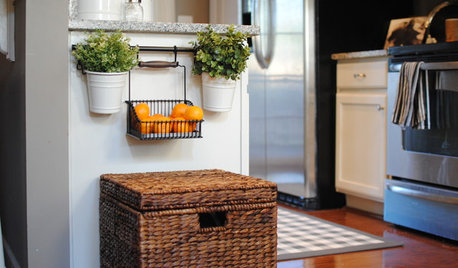
KITCHEN DESIGNEasy Green: 10 Small Kitchen Changes to Make Today
Taking small steps in going green can lead to big results over time, and starting in the kitchen is a smart choice
Full Story
HEALTHY HOMEHow to Choose a Home Water Filtering System
Learn which water purification method is best for your house, from pitchers to whole-house setups
Full Story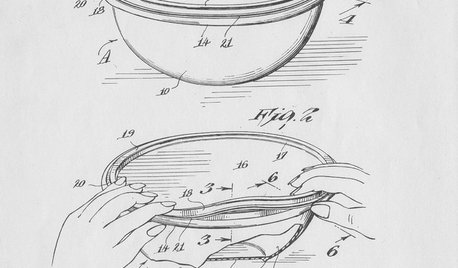
FEATURESHow Tupperware’s Inventor Left a Legacy That’s Anything but Airtight
Earl S. Tupper — and his trailblazing marketing guru, Brownie Wise — forever changed food storage. His story is stranger than fiction
Full Story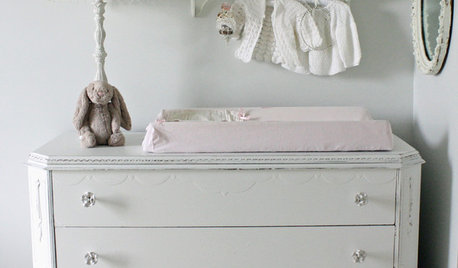
FURNITURE6 Great New Uses for a Vintage Dresser
See how to use a traditional low dresser as a changing table, vanity, sideboard, bar and more
Full Story
BUDGET DECORATING21 Free Ways to Give Your Home Some Love
Change a room’s look or set a new mood without spending anything but a little time
Full Story
DOORSDIY Project: Upgrade That Ugly Door!
Turn a Blah Hollow-Core Door Into Today's Cover Story
Full Story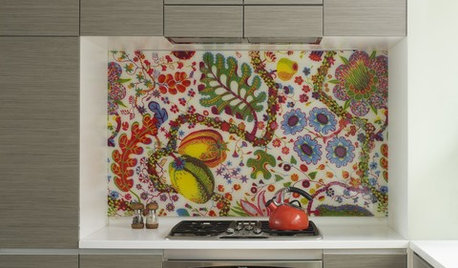
DECORATING GUIDESCelebrate Spring All Year With Florals in the Kitchen
Bring in the beauty of spring and summer color with a flourish of blooms on your kitchen backsplash, curtains, wallpaper and more
Full Story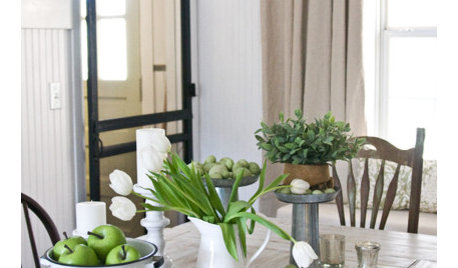
DECORATING GUIDESSo Your Style Is: Cottage
Cheerful, laid back and welcoming, cottage style feels like a giant hug. Find out how to make this appealing look work its magic
Full Story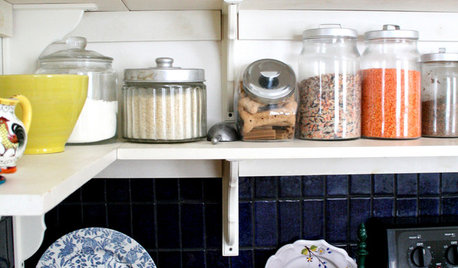
KITCHEN DESIGNDisplaying Kitchen Supplies — Hot or Not?
Do some kitchens just beg for a cozy row of canisters and gear for all to see? Have a look and let us know what you think
Full StorySponsored






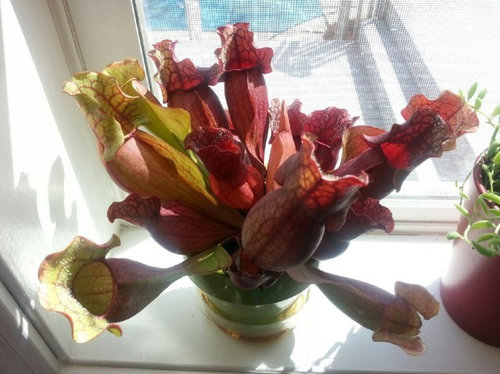

mastervline
cj_speciosaOriginal Author
Related Professionals
Danbury Landscape Architects & Landscape Designers · Maple Valley Landscape Architects & Landscape Designers · Chattanooga Landscape Architects & Landscape Designers · Belmont Landscape Contractors · Cincinnati Landscape Contractors · Dixon Landscape Contractors · Metairie Landscape Contractors · Paso Robles Landscape Contractors · Point Pleasant Landscape Contractors · Pueblo West Landscape Contractors · Vallejo Landscape Contractors · West Allis Landscape Contractors · Maple Heights Landscape Contractors · Okolona Stone, Pavers & Concrete · San Lorenzo Swimming Pool Builderstommyr_gw Zone 6
cj_speciosaOriginal Author
junglemel
cj_speciosaOriginal Author
junglemel
Dragon66
Dragon66
teisa
mnkosch
hunterkiller03
cj_speciosaOriginal Author
hunterkiller03
cj_speciosaOriginal Author
hunterkiller03
cj_speciosaOriginal Author
ken2256
cj_speciosaOriginal Author
ken2256